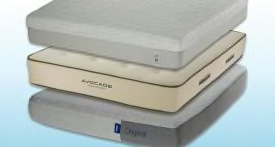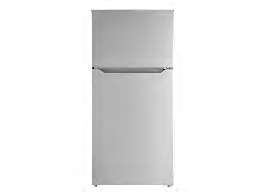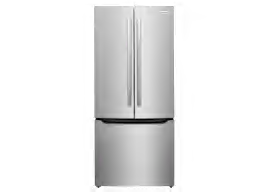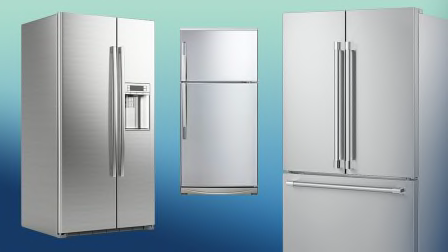Best 33-Inch-Wide Refrigerators
Here are the top performers at this in-between size from GE, LG, Maytag, and Whirlpool
When you shop through retailer links on our site, we may earn affiliate commissions. 100% of the fees we collect are used to support our nonprofit mission. Learn more.

If your kitchen cabinetry doesn’t have the standard 36-inch-wide slot for a refrigerator, it can be tough to find one that fits. According to the market analysis firm OpenBrand, less than 10 percent of refrigerators come in a 33-inch width.
If you’re in the market for a fridge this size, don’t worry: We’ve found the best 33-inch-wide models through millions of temperature readings and months of testing.
- Best 33-Inch Refrigerators: Top-Freezer Bottom-Freezer Side-by-Side French-Door
- How CR Tests Refrigerators
An advantage of 33-inch-wide refrigerators, unlike narrower ones, is that you may be able to get a model that won’t stick out from your cabinets. “You can find counter-depth models in this width, which can make a big difference in tight kitchen layouts,” says Breann Chai, who leads refrigerator testing at CR.
Best 33-Inch Top-Freezer Refrigerators
Top-freezer refrigerators tend to be more budget-friendly than models of other types, but their doors often require a wide space to swing fully open, and they’re more likely to lack icemakers and water dispensers.
Best 33-Inch Bottom-Freezer Refrigerators
Bottom-freezer refrigerators allow easy access to fresh food items, but you’ll have to bend to reach the freezer bins. They also often have less storage than top-freezers.
Best 33-Inch Side-by-Side Refrigerators
The narrow doors of side-by-side models make them an ideal pick for tight kitchen spaces, but you might have trouble storing wider items, like pizza boxes.
Best 33-Inch French-Door Refrigerators
French-Door refrigerators are the most popular pick among our members, and they generally come with more features than top-freezers or bottom-freezers. On the flip side, they tend to use up more energy.
How CR Tests Refrigerators
We rate refrigerators based on their thermostat control, temperature uniformity, noise output, ease of use, and efficiency.
Every refrigerator we test gets wired with 15 temperature sensors. We then monitor these thermocouples for more than a month in one of three temperature-controlled chambers. These results tell us how well a refrigerator maintains a set temperature and how temperature varies in different areas of a fridge.
Our testers measure the noise when the compressor starts up and the steady hum while the fridge is running. We also examine the fridge’s layout, controls, and lighting for ease of use.
We also measure each fridge’s true usable capacity, subtracting the space taken up by filters, lights, and other components. To see how efficient each fridge is, we measure the electricity consumption per cubic foot of that usable capacity.
Take a look into our refrigerator labs for more information on how we test.































